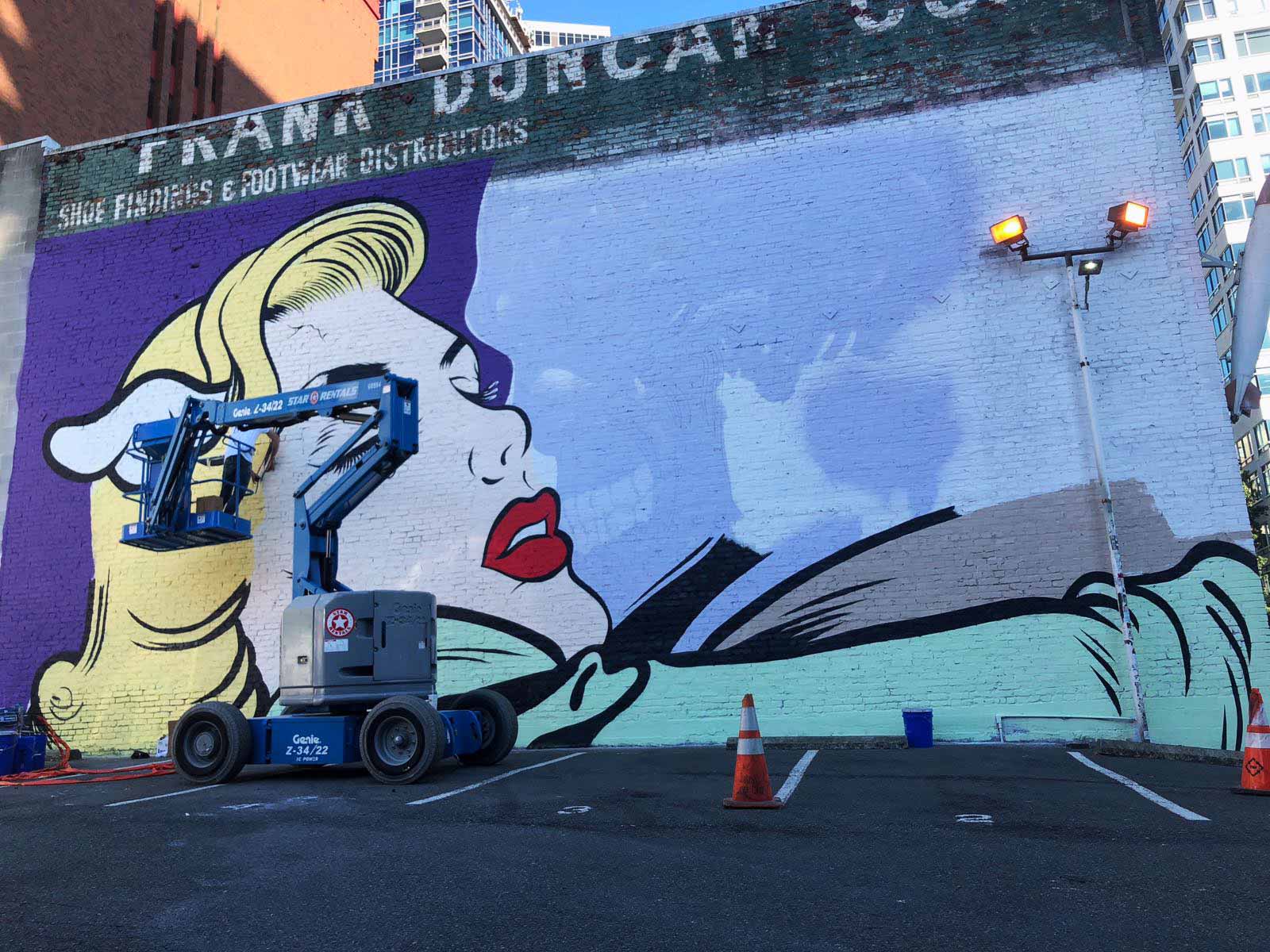The Evolution of Public Art: How Street Art Has Become Mainstream

~~~~~ Street Art’s Origins ~~~~~
Street art’s roots lie in the rebellious graffiti movement that emerged in urban spaces during the 1960s and 70s, particularly in New York City. What began as a way for individuals to claim public spaces with tags and stylized names grew into a complex art form, reflecting social and political messages alongside bold visuals. Influenced by hip-hop culture and driven by a spirit of defiance, early graffiti artists transformed empty walls into vibrant canvases, giving a voice to marginalized communities and challenging traditional notions of art. Over time, this underground movement evolved, gaining respect and recognition, eventually paving the way for street art to enter mainstream culture and formal art spaces.
~~~~~ The Role of Social Media: Amplifying Street Art’s Reach ~~~~~
The rise of social media has played a significant role in pushing street art into the mainstream. Platforms like Instagram, with their visual focus, allow artists to share their work instantly with a global audience. Street art is now more accessible to people worldwide, regardless of location, and artists have been able to grow their reputations online. Additionally, social media has enabled street artists to engage directly with their audiences, expanding the art’s cultural footprint and bringing even greater visibility to the scene.
~~~~~ Street Art as Urban Beautification: Cities Embrace Murals ~~~~~
Over time, cities have come to embrace street art, commissioning murals as part of urban beautification projects. Murals and large-scale artworks now cover the walls of buildings, underpasses, and public spaces in cities worldwide, transforming blank surfaces into artistic canvases. Programs like Miami’s Wynwood Walls, the Bushwick Collective in Brooklyn, and London’s Shoreditch murals demonstrate how cities are using street art to build community pride, attract tourists, and support local artists. These initiatives have transformed neighborhoods and made street art a celebrated part of urban landscapes.
~~~~~ Commercial Collaborations: Street Art Meets Fashion & Brands ~~~~~
Another sign of street art’s mainstream success is its incorporation into the world of fashion and branding. Companies now seek partnerships with street artists for product designs, collaborations, and marketing campaigns. Brands like Adidas, Supreme, and even luxury brands like Louis Vuitton have collaborated with street artists to create exclusive, limited-edition lines, appealing to the young, trend-driven consumers who admire the edgy, countercultural feel of street art.
These partnerships, while sometimes controversial, have given street artists new platforms for their work and made street art an integral part of popular culture. However, they have also sparked conversations about commercialization and the authenticity of street art as it becomes entwined with corporate interests.
~~~~~ The Future of Street Art: Creativity Meets Technology ~~~~~
As street art continues to evolve, technology is opening up new possibilities for creativity. Digital murals, projection art, and augmented reality (AR) are becoming tools for street artists, expanding the scope of what street art can be. These innovations allow artists to create interactive experiences, enabling viewers to engage with the art in new ways. Additionally, the advent of NFTs (non-fungible tokens) is bringing street art into the digital marketplace, where artists can create virtual works and sell them to a global audience without the constraints of physical space.
*** You Can View The Street Art, Shown Above, at 2112 1st Avenue in Downtown Seattle, WA
https://www....e-in-seattle/
Share Famous Street Artists To Check Out | A Map Of Local Street Art

